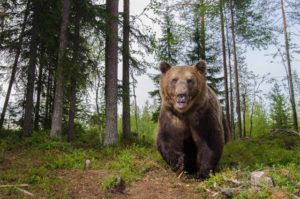5 Top Tips for Wildlife Photography That’ll Make You Look Pro
October 6th, 2016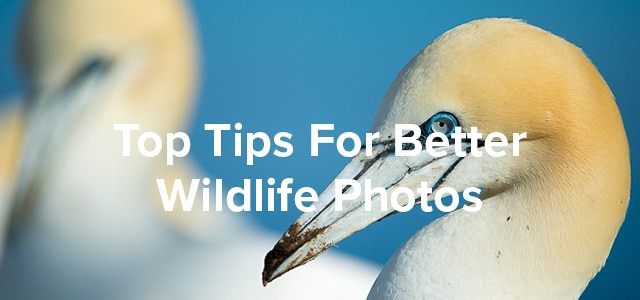
Will Nicholls, award-winning wildlife photographer, film-maker and Zenfolio Ambassador, shares his top five tips for taking better wildlife photos.
I’ve always had an interest in wildlife, but I never thought I would end up as a biologist and photographer. Yet here I am: 21 years old and making my living from wildlife photography. It’s something I am heavily invested in, and I love it.
I am soon to graduate from university with a Bachelor of Science in Zoology. It’s my passion for wildlife and the environment that took me on this path, but I would much rather spend my time outside with my camera than stuck in a laboratory studying microbes.
I’ve been taking photos since the age of 12, and my aspirations are to become a filmmaker and create natural history documentaries for television. Stills have always have been, and will always be, a big part of my life though.
Wildlife photography is arguably one of the harder genres of photography, relying heavily on incredible patience and dedication to get the shot. I remember too well the frustration when starting out, suffering from limitations of equipment, time and experience. Here, I offer my top five tips for wildlife photography that will help you improve your images.
#1 Get Down Low
Do you think about your angle of view when taking a photo? If not, you should. Getting down onto eye level with your subject makes a big difference to the impact your photo has. It immediately transports the viewer into the world of the animal, rather than looking down on it from an unattractive viewpoint. It also helps you create that soft bokeh that isolates the subject, by extending the distance between the subject and the background.
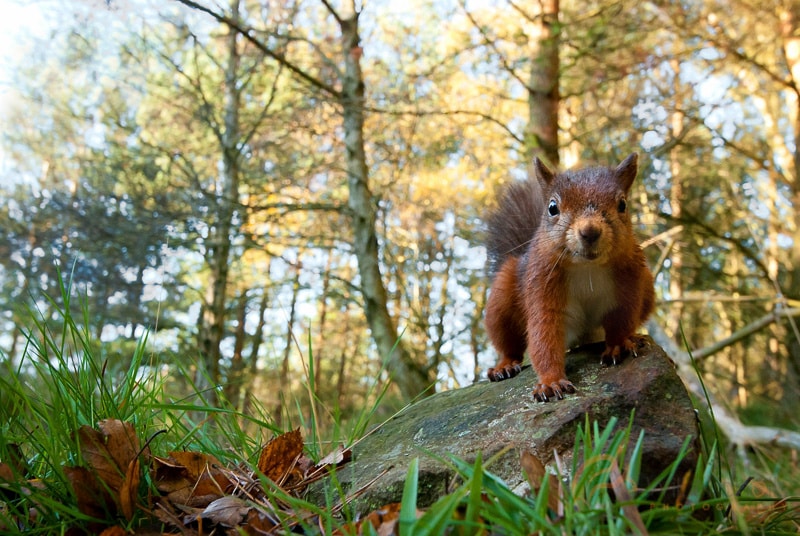
#2 Think About the Story
Maybe it’s a bit of a cliché point, but keep in mind the scene you are trying to convey in your photo. You’re not just recording the species as being there but instead trying to show its behaviour and its life. You can do this through a series of shots, or one particular image.
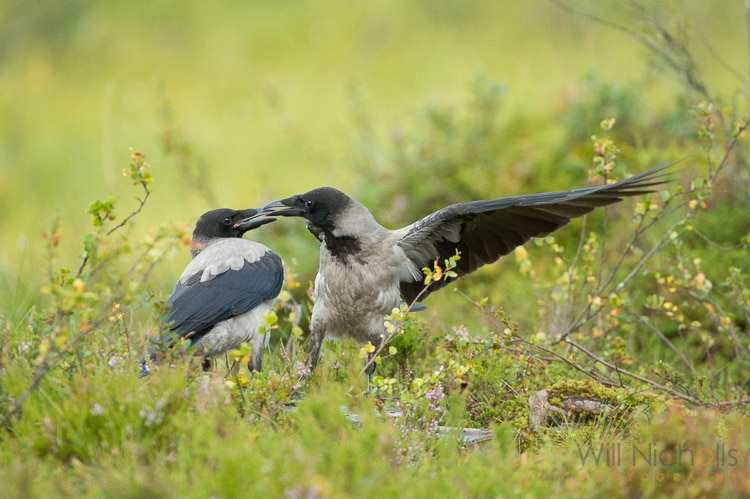
#3 Use Light to Your Advantage
Don’t be afraid to experiment. If you see light coming in from a low angle, try to line it up behind your subject. With a careful exposure, you’ll be able to backlight your subject and create a beautiful halo. Light is one of the most important ingredients to a good photo, so make it count!
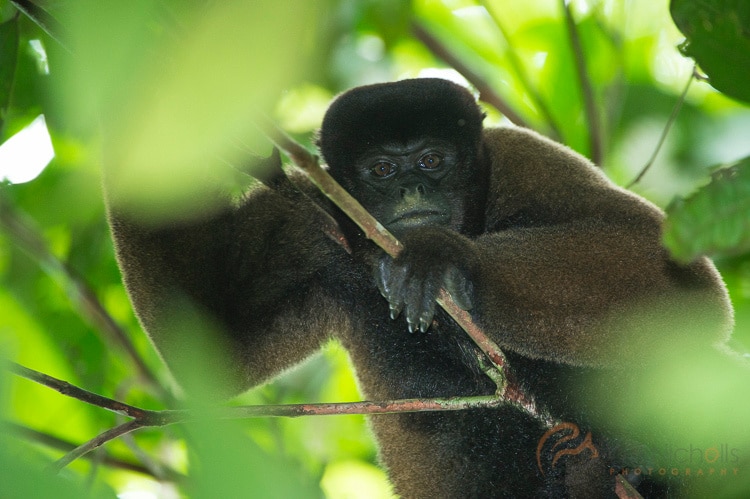
#4 Use Humour
Try something funny. Animals are quirky creatures and they often have interesting personality traits. Capture a funny movement or position that allows the viewer to relate to the scene.
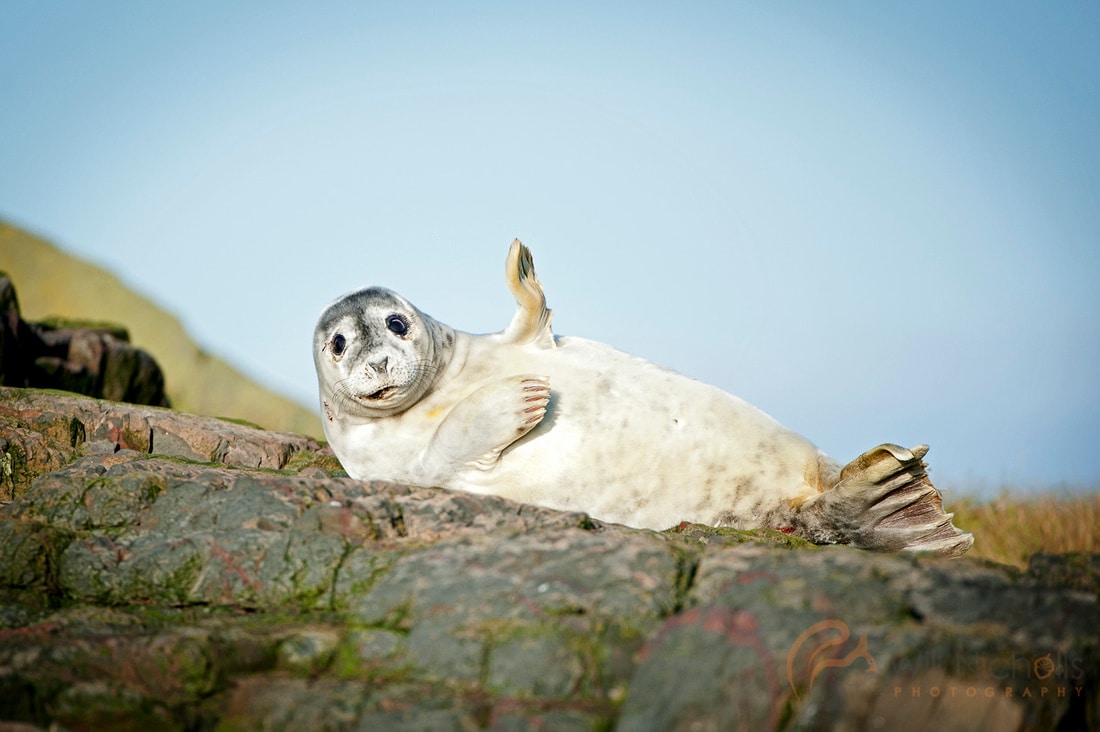
#5 Fill the Frame
Filling the frame with your subject is a great way to record the details in an animal. It might be the fur, the eyes or some other aspect you want to highlight.
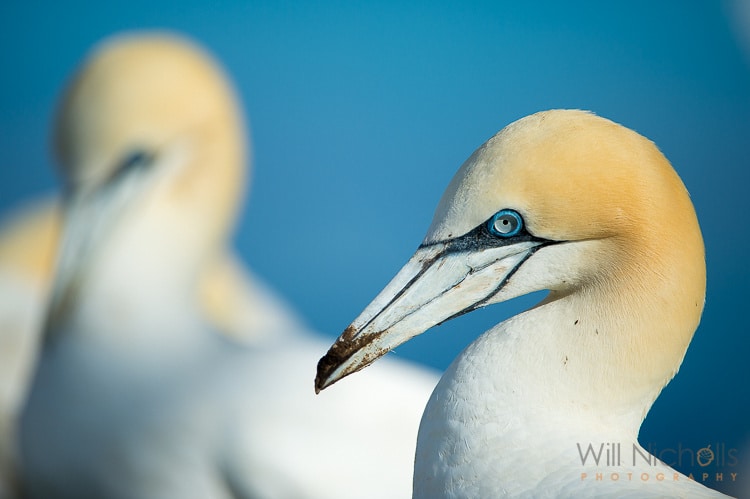
Wildlife photography is a great genre of photography to get involved in. It’s the best excuse for getting outside more, and you get to enjoy the world around us in a way that not everyone can. It’s definitely not going to come easy, but stick with it—persistence and patience is key in this field.
 |
Will Nicholls is an award-winning wildlife photographer and film-maker based in Northumberland, England, and is a member of the Zenfolio Ambassador team.
See more of Will’s work on his website, and read more great tutorials and tips from some of the world’s leading photographers on his blog at Nature TTL. |

